|
ROADS
TRANSPORT
NETWORK UK
AUTOMOTIVE
A TO Z CHARITY CLIMATE
CHANGE CONTACT EVENTS
HOME SITE INDEX
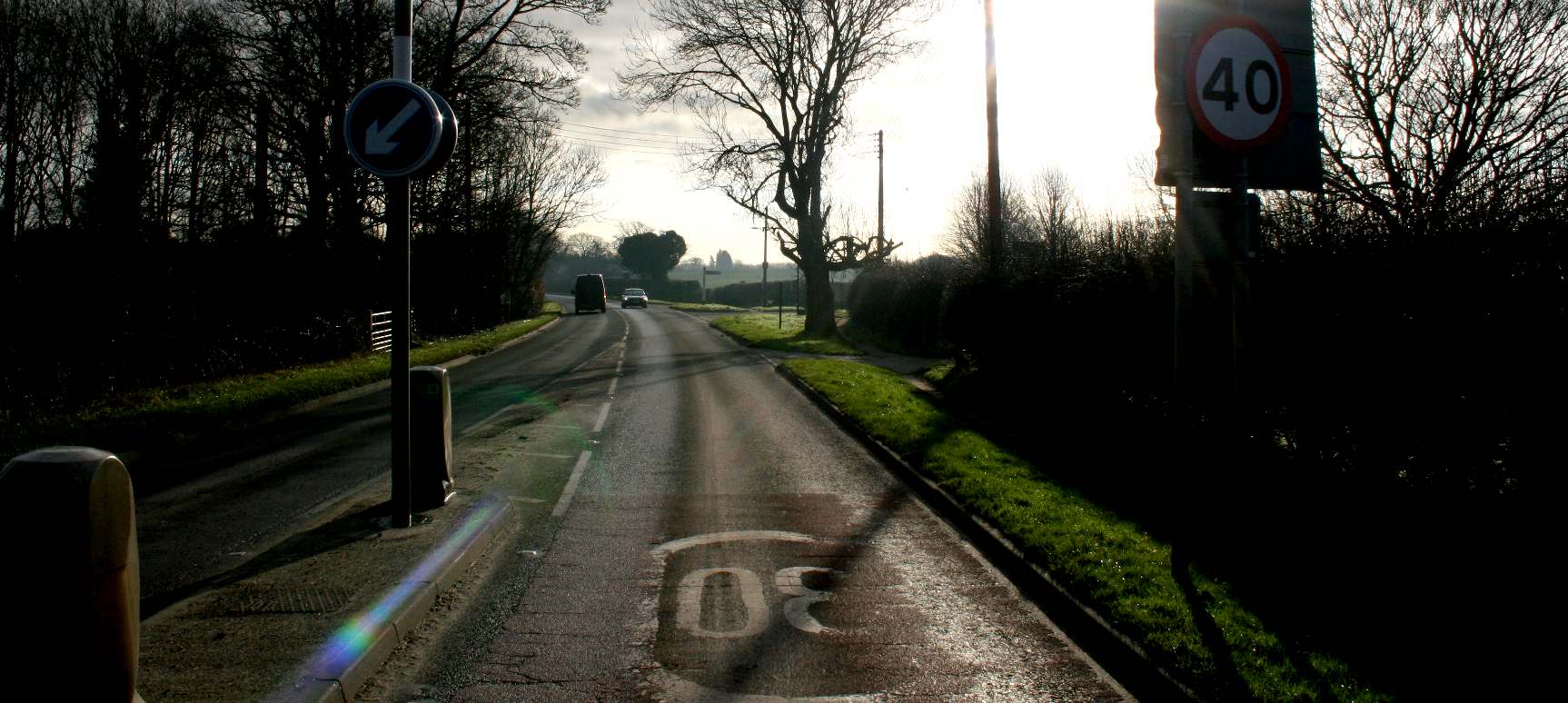
INTEGRATION
- The Cleaner
Ocean Foundation is of the opinion that road building should not be
divorced from other considerations during the planning and execution
stages. In the modern world where climate change is high on international
agendas there should be provision for sufficient power supplies to enable
the use of low carbon vehicles, such as electrics, in sufficient number
that petrol and diesel
cars and trucks become a thing of the past. One way of doing this is for
all new roads to be planned with and integrated approach to align with the
National
Grid.
Flexible
tarmac roads typically last 30 years is well made, service tunnels should
be incorporated on all new builds to prevent roads works that delay
traffic. Service access conduits should run alongside all new roads
(water, electricity, telecommunications, etc) to keep traffic moving
efficiently. Planning ahead for servicing is sustainable planning. Most
British roads were obsolete the moment they were built.
The
picture above may look quaint but the road should have been wider with at
least one service conduit running parallel. Roads like this in the country
are the subject of constant works and repairs to subsidence. The road tax
on 25,000,000 million registered vehicles even if only 50% is collected
would be al least £1.25 billion pounds in revenue that should be spent on
road building and management, granted that EVs are exempt, hence revenues
will gradually reduce. There will have to be a sliding scale as EVs become
more popular where they are charged to top up a road fund. Especially when
electric or hybrid super trucks come online that create substantially more
road wear.
The Organisation for Economic Co-operation and Development (OECD) defines a road as "a line of communication (travelled way) using a stabilized base other than rails or air strips open to public traffic, primarily for the use of road motor vehicles running on their own wheels, "which includes" bridges, tunnels, supporting structures, junctions, crossings, interchanges, and toll roads, but not cycle paths."
In urban areas roads may diverge through a city or village and be named as streets, serving a dual function as urban space easement and route. Modern roads are normally smoothed, paved, or otherwise prepared to allow easy travel. Historically many roads were simply recognizable routes without any formal construction or maintenance.
In the United Kingdom there is some ambiguity between the terms highway and road. The Highway code details rules for "road users". For the purposes of the English law, Highways Act 1980, which covers England and Wales but not
Scotland or Northern Ireland, the term road is defined to be "any length of highway or of any other road to which the public has access, and includes bridges over which a road
passes." This includes footpaths, bridleways and cycle tracks, and also road and driveways on private land and many car parks. Vehicle Excise Duty, a road use
tax, is payable on some vehicles used on the public road.
The definition of a road depends on the definition of a highway; there is no formal definition for a highway in the relevant Act. A 1984 ruling said "the land over which a public right of way exists is known as a highway; and although most highways have been made up into roads, and most easements of way exist over footpaths, the presence or absence of a made road has nothing to do with the distinction Another legal view is that while a highway historically included footpaths, bridleways, driftways, etc., it can now be used to mean those ways that allow the movement of motor-vehicles, and the term rights of way can be used to cover the wider usage.
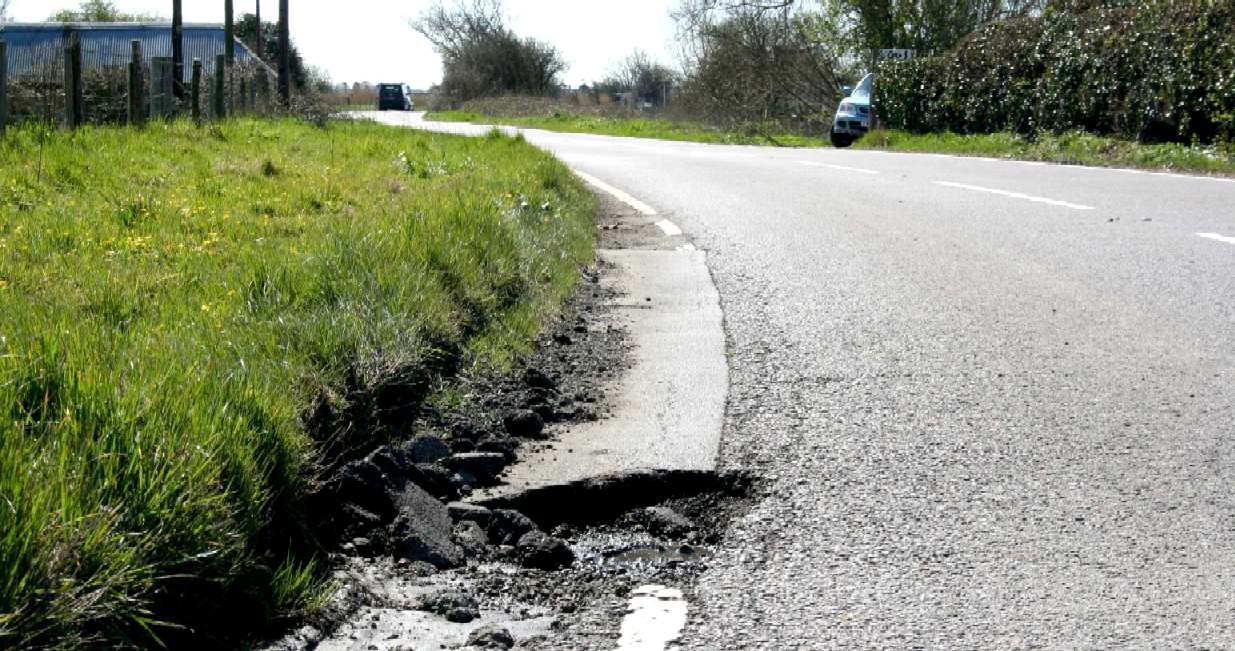
DESIGN
The subject of road design is considered part of highway engineering. Structural road design is the science of designing a road for its environment in order to extend its longevity and reduce maintenance. The Shell pavement design method is used in many countries for the design of new asphalt roadsides.
Road construction requires the creation of an engineered continuous right-of-way or roadbed, overcoming geographic obstacles and having grades low enough to permit vehicle or foot travel. (pg15) and may be required to meet standards set by law or official guidelines. The process is often begun with the removal of earth and rock by digging or blasting, construction of embankments, bridges and tunnels, and removal of vegetation (this may involve deforestation) and followed by the laying of pavement material. A variety of
road building equipment is employed in road building.
After design, approval, planning, legal and environmental considerations have been addressed alignment of the road is set out by a surveyor. The radii and gradient are designed and staked out to best suit the natural ground levels and minimize the amount of cut and fill. Great care is taken to preserve reference Benchmarks.
Roads are designed and built for primary use by vehicular and pedestrian traffic. Storm drainage and environmental considerations are a major concern. Erosion and sediment controls are constructed to prevent detrimental effects. Drainage lines are laid with sealed joints in the road easement with runoff coefficients and characteristics adequate for the land zoning and storm water system. Drainage systems must be capable of carrying the ultimate design flow from the upstream catchment with approval for the outfall from the appropriate authority to a watercourse, creek, river or the sea for drainage discharge.
LIFESPAN
Like all structures, roads deteriorate over time. Deterioration is primarily due to accumulated damage from vehicles, however environmental effects such as frost heaves, thermal cracking and oxidation often contribute. According to a series of experiments carried out in the late 1950s, called the AASHO Road Test, it was empirically determined that the effective damage done to the road is roughly proportional to the Fourth power of axle weight. A typical tractor-trailer weighing 80,000 pounds (36.287 t) with 8,000 pounds (3.629 t) on the steer axle and 36,000 pounds (16.329 t) on both of the tandem axle groups is expected to do 7,800 times more damage than a passenger vehicle with 2,000 pounds (0.907 t) on each axle. Potholes on roads are caused by rain damage and vehicle braking or related construction works.
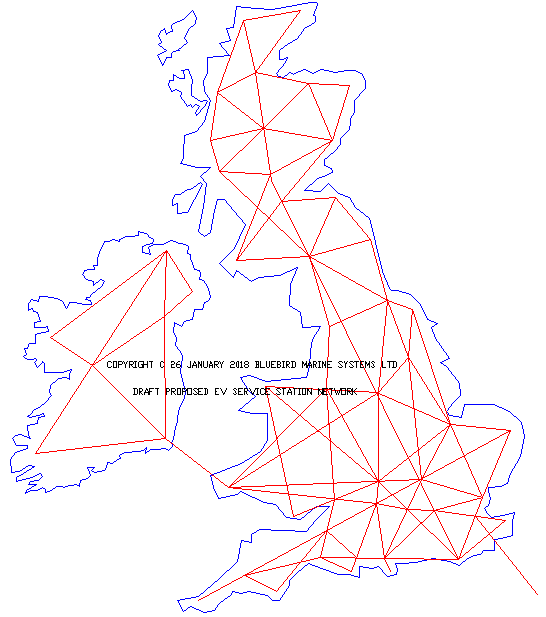
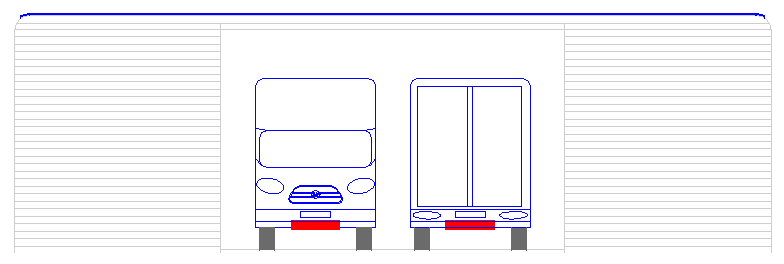
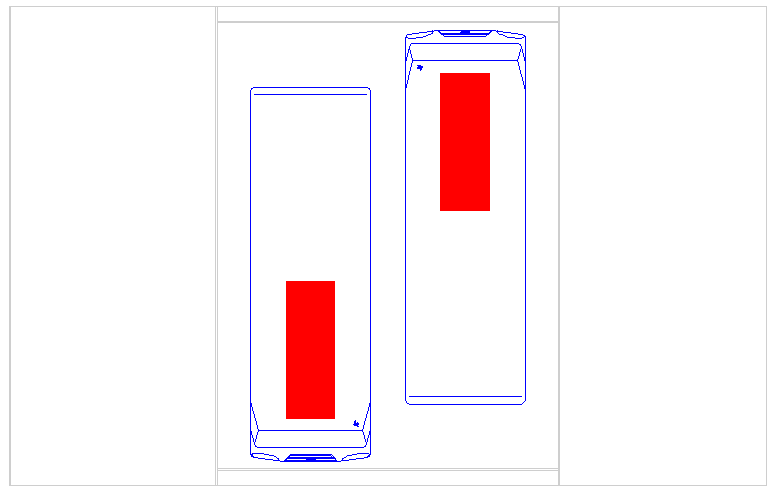
SMART
SERVICE STATIONS
- This concept EV forecourt offers between 7.68 - 15.36MWh of solar
assisted energy storage with a capacity of between 48-96 battery
cartridges on a continuous charge cycle. Five of these stations (76.8MW)
could recharge (refuel) up to 10 trucks or cars a minute at peak times.
During
rush hour, up to 300 vehicles might be serviced in one hour if drivers
don't dawdle, as in get out of their vehicles for any reason - there is no
need using automated billing - but this would require registered users.
The truck shown in these AutoCAD drawings is 3.55 wide x 3.5 high x 7.7M
long (8 x 11.5 x 25 feet). This station could accommodate trucks 4.46M
(14.77 feet) high as shown, or with a raised roof, almost any truck
currently on the market - though longer thinner trucks are more fuel
efficient.
During
an eight hour day 2,400 trucks might be serviced using five forecourts on
the assumption that we start every morning with 96 x 5 = 480 slow charged
cartridges from off-peak supplies. The same forecourt might be used to
service fuel-cell
cars powered by stabilized hydrogen.
One size fits all. The secret is to KISS
the design (Keep It Simple Silly). There are only 28* moving parts in this
station, not including the gearbox for the solar powered drive motor. This
is possible because with this system the vehicles load the cartridges
themselves.
ENVIRONMENTAL CONSIDERATIONS
Careful design and construction of a road can reduce any negative environmental
impacts such as rainwater.
Water management systems can be used to reduce the effect of pollutants from
roads. Rainwater and snowmelt running off of roads tends to pick up gasoline, motor oil, heavy metals, trash and other pollutants and result in Water pollution. Road runoff is a major source of nickel, copper, zinc, cadmium, lead and polycyclic aromatic hydrocarbons (PAHs), which are created as combustion byproducts of gasoline and other fossil fuels.
De-icing chemicals and sand can run off into roadsides, contaminate groundwater and pollute surface waters; and road salts can be toxic to sensitive plants and animals. Sand applied to icy roads can be ground up by traffic into fine particulates and contribute to air pollution. Sand can alter stream bed environments, causing stress for the plants and animals that live there.
Roads are a chief source of environmental noise generation. In the early 1970s it was recognized that design of roads can be conducted to influence and minimize noise generation. Noise barriers are used to reduce noise pollution, in particular where roads are located close to built-up areas. Regulations can restrict the use of engine braking.
Motor vehicle emissions contribute air pollution. Concentrations of air pollutants and adverse respiratory health effects are greater near the road than at some distance away from the road. Road dust kicked up by vehicles may trigger allergic reactions. In addition, on-road transportation greenhouse gas emissions are the largest single cause of climate change, scientists say.
TRAFFIC CONGESTION
Traffic congestion is a negative externality caused by various factors. A 2005 American study stated that there are seven root causes of congestion, and gives the following summary of their contributions: bottlenecks 40%, traffic incidents 25%, bad weather 15%, work zones 10%, poor signal timing 5%, and special events/other 5%. Within the transport economics community, congestion pricing is considered to be an appropriate mechanism to deal with this problem (i.e. to internalise the externality) by allocating scarce roadway capacity to users. Capacity expansion is also a potential mechanism to deal with traffic congestion, but is often undesirable (particularly in urban areas) and sometimes has questionable benefits (see induced demand). William Vickrey, winner of the 1996
Nobel Prize for his work on "moral hazard", is considered one of the fathers of congestion pricing, as he first proposed it for the New York City Subway in 1952.
In the road transportation arena these theories were extended by Maurice Allais, a fellow Nobel prize winner "for his pioneering contributions to the theory of markets and efficient utilization of resources", Gabriel Roth who was instrumental in the first designs and upon whose World Bank recommendation the first system was put in place in Singapore. Reuben Smeed, the deputy director of the Transport and Road Research Laboratory was also a pioneer in this field, and his ideas were presented to the British government in what is known as the Smeed Report.
Congestion is not limited to road networks; the negative externality imposed by congestion is also important in busy public transport networks as well as crowded pedestrian areas, e.g. on the London Underground on a weekday or any urban train station, at peak times. There is the classical excess in demand compared to supply. This is because at peak times there is a large demand for trains, since people want to go home (i.e., a derived demand). However, space on the platforms and on the trains is limited and small compared to the demand for it. As a result, there are crowds of people outside the train doors and in the train station corridors. This increases delays for commuters, which can often cause a rise in stress or other problems.
POLLUTION PRICING
Since January 2008, Milan introduced a traffic charge scheme as a one-year trial, called Ecopass, that exempts higher emission standard vehicles (Euro IV) and other alternative fuel vehicles Later during the year the Ecopass was extended until December 31, 2009.
Even the transport economists who advocate congestion pricing have anticipated several practical limitations, concerns and controversial issues regarding the actual implementation of this policy. As summarized by Cervero: "True social-cost pricing of metropolitan travel has proven to be a theoretical ideal that so far has eluded real-world implementation. The primary obstacle is that except for professors of transportation economics and a cadre of vocal environmentalists, few people are in favor of considerably higher charges for peak-period travel. Middle-class motorists often complain they already pay too much in gasoline taxes and registration fees to drive their cars, and that to pay more during congested periods would add insult to injury. In the United States, few politicians are willing to champion the cause of congestion pricing in fear of reprisal from their constituents... Critics also argue that charging more to drive is elitist policy, pricing the poor off of roads so that the wealthy can
move about unencumbered. It is for all these reasons that peak-period pricing remains a pipe dream in the minds of many."
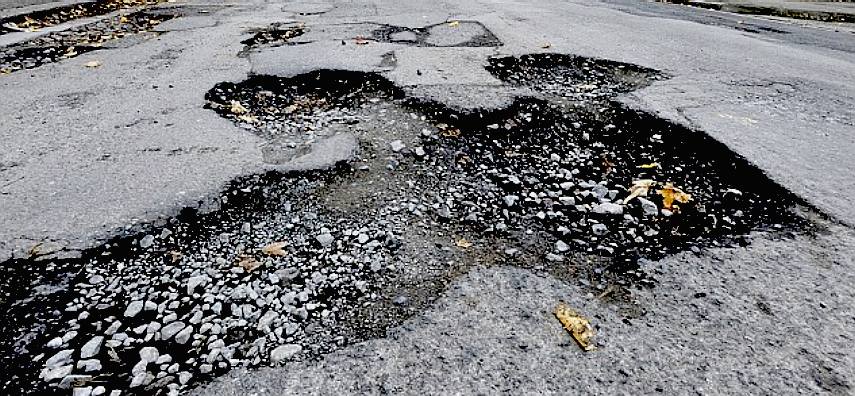
TRANSPORT POVERTY
In the US those with low income living in cities face a problem called “poverty transportation.” The problem arises because many of the entry level jobs which are sought out by those with little education are typically located in suburban areas. Those jobs are also not very accessible by public transportation because the transportation was often designed to move people around cities, which becomes a problem when the jobs are no longer located in the cities. Those who cannot afford cars inevitably suffer the worst, because they have no choice but to rely on public transport. The problem is illustrated by an estimation that 70% of entry level jobs are located in the suburbs, while only 32% of those jobs are within a quarter mile of public transportation. More difficult (or more expensive) access to jobs and other goods & services can act as a ghetto tax.
As a result of the transportation systems in use, but not adequately meeting the needs of those who rely on them, they tend to generate low revenue. And with minimal revenue or funding the transportation systems are forced to decrease service and increase fares, which causes those in poverty to face more inequality. Further those who live in cities with no public transportation become even more excluded from education and work. In places with no public transport a car is the only viable option and that creates unnecessary strain on the roads and environment.
Since automobile use tends to be greater than public transportation use, it also becomes the norm for people to work towards car ownership. Private car ownership has led to a large allocation of resources towards road and bridge maintenance. But underfunding of public transportation prevents everyone who needs transportation from having access to it.
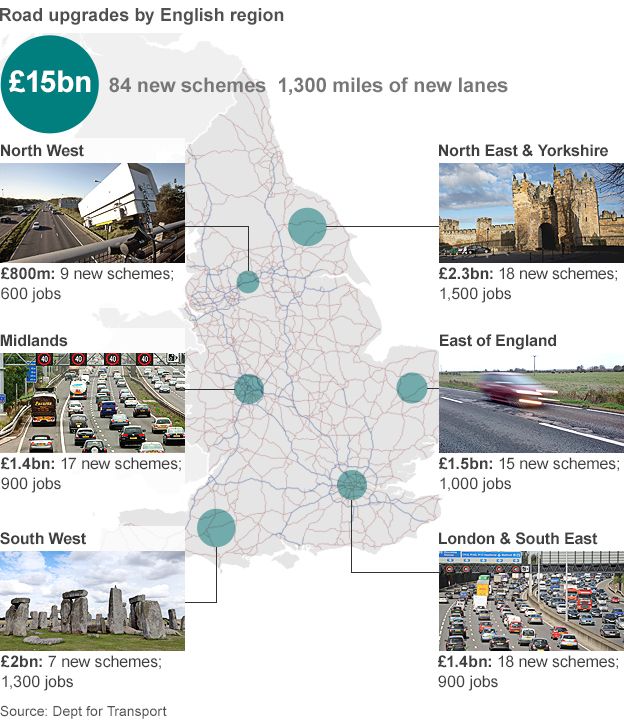
BBC
DECEMBER 2014 - Patrick McLoughlin said:
"Today I am setting out the biggest, boldest and most far-reaching roads programme for decades. It will dramatically improve our road network and unlock Britain’s economic potential.
Roads are key to our nation’s prosperity. For too long they have suffered from under-investment.
This government has a long term plan to secure the country’s future and this £15 billion roads programme is demonstration of that. Better roads allow us to travel freely, creating jobs and opportunities, benefiting hardworking families across the country."
VEHICLE TAXATION
Car taxation is an instrument to influence the purchase decisions of consumers. Taxes can be differentiated to support the market introduction of fuel efficient and low
carbon dioxide (CO2) emitting cars.
The European Union Commission has made a proposal for a Council Directive on passenger car taxation which is currently before the Council and Parliament.
The Commission encourages again Member States to adopt this proposal as soon as possible and to adapt their car taxation policies so as to promote the purchase of fuel efficient cars throughout the EU and help manufacturers respect the upcoming fuel efficiency framework, thus contributing their share to reducing the CO2 emissions of cars. Taxes differentiated over the whole range of cars on the market, so as to gradually induce a switch towards less emitting cars, would be an efficient way to reduce compliance costs for manufacturers.
UK LAW
he Highways Act 1980 (1980 c.66) is an Act of the Parliament of the United Kingdom dealing with the management and operation of the road network in England and Wales. It consolidated with amendments several earlier pieces of legislation. Many amendments relate only to changes of highway authority, to include new unitary councils and National Parks. By virtue of the Local Government (Wales) Act 1994 and the Environment Act 1995, most references to local authority are taken to also include Welsh councils and National Park authorities. By virtue of the National Assembly for Wales (Transfer of Functions) Order 1999 most references to 'the Minister' are taken to include the National Assembly for Wales. The Act is split into 14 parts covering 345 sections, it also includes 25 schedules.
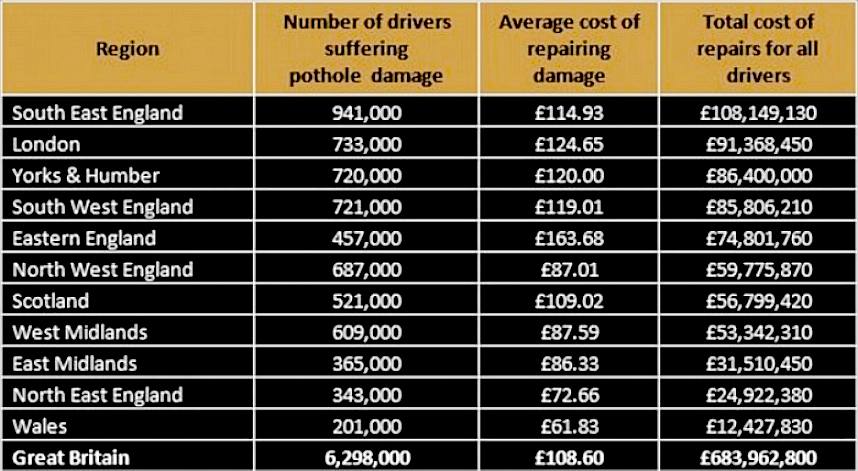
HIGHWAY PLANNING & ENGINEERING
Highway engineers must take into account future traffic flows, design of highway intersections/interchanges, geometric alignment and design, highway pavement materials and design, structural design of pavement thickness, and pavement maintenance.
Highway planning involves the estimation of current and future traffic volumes on a road network. Highway engineers strive to predict and analyze all possible civil impacts of highway systems. Some considerations are the adverse effects on the environment, such as noise pollution, air pollution, water pollution, and other ecological impacts.
The most appropriate location, alignment, and shape of a highway are selected during the design stage. Highway design involves the consideration of three major factors
(human, vehicular, and roadway) and how these factors interact to provide a safe highway. Human factors include reaction time for braking and steering, visual acuity for traffic signs and signals, and car-following behaviour. Vehicle considerations include vehicle size and dynamics that are essential for determining lane width and maximum slopes, and for the selection of design vehicles. Highway engineers design road geometry to ensure stability of vehicles when negotiating curves and grades and to provide adequate sight distances for undertaking passing maneuvers along curves on two-lane, two-way roads.
MATERIALS
There are two major types of pavement surfaces - Portland cement concrete
(PCC) and hot-mix asphalt (HMA). Underneath this wearing course are material layers that give structural support for the pavement system. These underlying surfaces may include either the aggregate base and subbase layers, or treated base and subbase layers, and additionally the underlying natural or treated subgrade. These treated layers may be cement-treated, asphalt-treated, or lime-treated for additional support.
A flexible, or asphalt, or Tarmac pavement is the most common road format typically consists of three or four layers. For a four layer flexible pavement, there is a surface course, base course, and subbase course constructed over a compacted, natural soil subgrade. When building a three layer flexible pavement, the subbase layer is not used and the base course is placed directly on the natural subgrade.
A flexible pavement's surface layer is constructed of hot-mix asphalt (HMA).
Unstabilized aggregates are typically used for the base course; however, the base course could also be stabilized with asphalt, Foamed Bitumen,Portland cement, or another stabilizing agent. The subbase is generally constructed from local aggregate material, while the top of the subgrade is often stabilized with cement or lime.
With flexible pavement, the highest stress occurs at the surface and the stress decreases as the depth of the pavement increases. Therefore, the highest quality material needs to be used for the surface, while lower quality materials can be used as the depth of the pavement increases. The term "flexible" is used because of the asphalts ability to bend and deform slightly, then return to its original position as each traffic load is applied and removed. It is possible for these small deformations to become permanent, which can lead to rutting in the wheel path over an extended time.
The service life of a flexible pavement is typically designed in the range of 20 to 30 years. Required thicknesses of each layer of a flexible pavement vary widely depending on the materials used, magnitude, number of repetitions of traffic loads, environmental conditions, and the desired service life of the pavement. Factors such as these are taken into consideration during the design process so that the pavement will last for the designed life without excessive distresses.
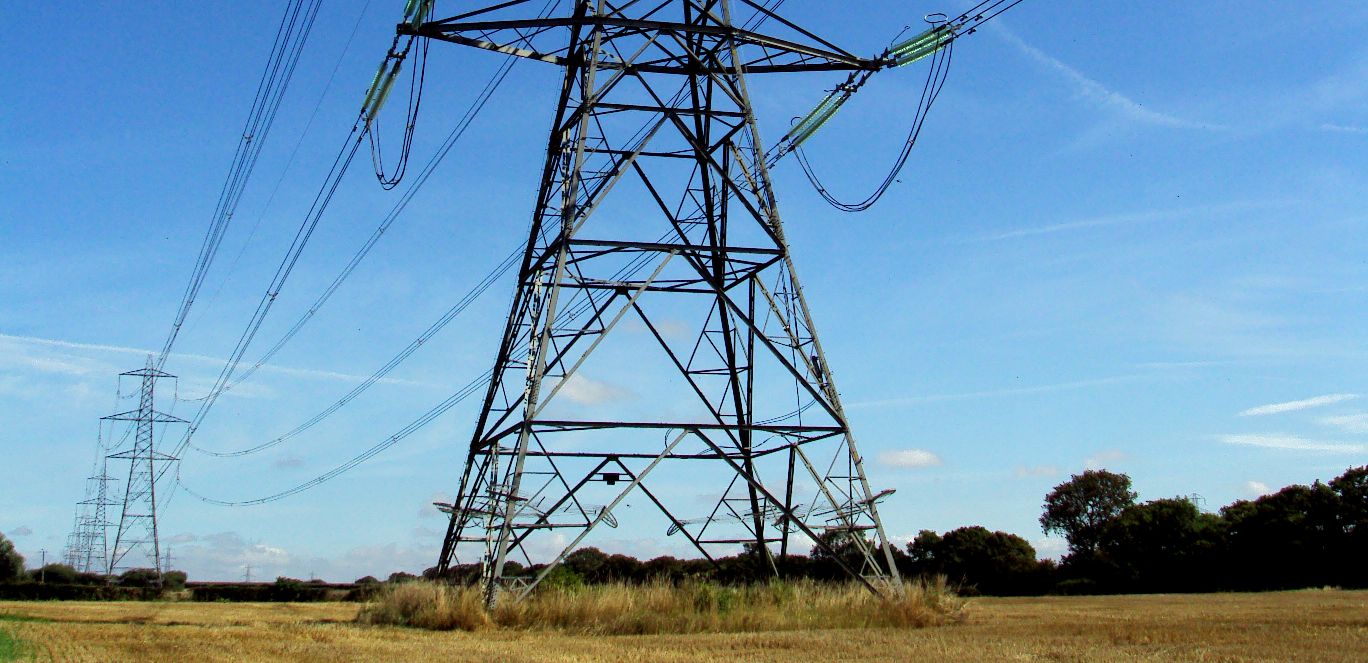
BBC
NEWS JUNE 2014 - Pothole fund of £168m allocated to councils
in England
Details of where money set aside to fix potholes in England will be spent
have been released by the government - with extra cash going to
"model" councils.
Ministers say the £168m, split between 148 councils, will help to fix
some three million potholes by March 2015.
All councils which applied for money will get a share, but extra has been
given to those which "demonstrate best practice in highways
maintenance".
But the Local Government Association said the sum was "a drop in the
ocean".
The AA welcomed the funding but said more work on road surfaces was
needed.
'Menace'
Transport Secretary Patrick McLoughlin said: "Potholes are the bane
of all our lives and the funding announced today is an important step in
ridding our roads of this menace.
"But it is only one part of a massive programme of investment to get
our country up to speed as part of this government's long-term economic
plan."
It costs an estimated £53 to fix every pothole, the Department for
Transport said.
BBC transport correspondent Richard Westcott said the money would
"bring some relief to drivers", but added: "Councils have
been saying for years that they need billions, not millions, to really fix
our roads."
Councils in London will receive £10m of the latest funding - enough to
fix an estimated 188,000 potholes - while £5.1m will go to North
Yorkshire, with Cumbria to get £4.8m.
The money must be used to "repair potholes or to ensure that they do
not appear in the first place" and councils must publish monthly
updates on how many repairs have been carried out.
A "greater share" is being given to those which have
"invested in new technology and initiatives".
These include Northamptonshire - which has "set up systems to track
pothole repairs in real time" - and Hampshire - where new pothole
fixing equipment can be converted to grit roads in icy weather.
The Department for Transport said the money, first announced in Chancellor
George Osborne's Budget in March, was "part of the biggest investment
in roads since the 1970s".
It said £24bn would be spent on England's strategic road network -
meaning motorways and many A-roads maintained by the Highways Agency -
from 2010-21.
Local councils are responsible for other roads, and the government said £7.4bn
would be "committed to local roads in the next Parliament",
along with money from other funds given to councils.
The latest pothole funding is separate from the £183m allocated to
English councils in March to repair roads damaged by the winter's severe
weather.
'Sticking plaster'
An LGA spokesman said: "While we welcome any extra funding, £168m is
a drop in the ocean compared to the £12bn backlog in roads maintenance.
"Moreover, we are disappointed to see the government tie this funding
to monthly reports on pothole repairs.
"Fixing potholes is a sticking plaster-approach which does nothing to
address the fundamental decay of the underlying road infrastructure.
"What we need is a considered, long-term approach to road maintenance
not annual announcements of emergency funding."
AA president Edmund King said: "Potholes in the UK have been a
long-running scourge that has cost tens of thousands of car owners
millions of pounds in repair bills, and councils millions in compensation
claims.
"The new government money is very welcome but it will only be truly
effective if roads are re-surfaced on time and not just patched up after
each winter."
|








